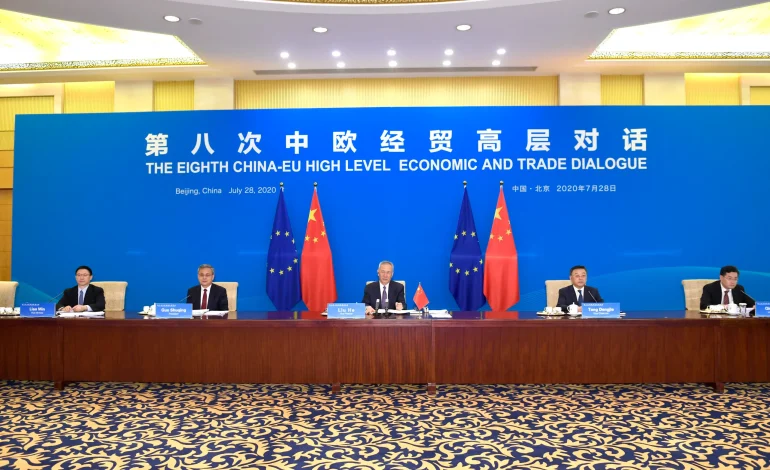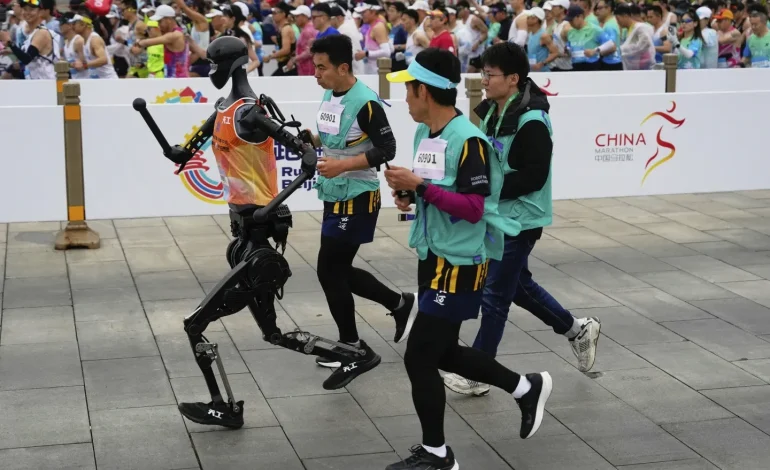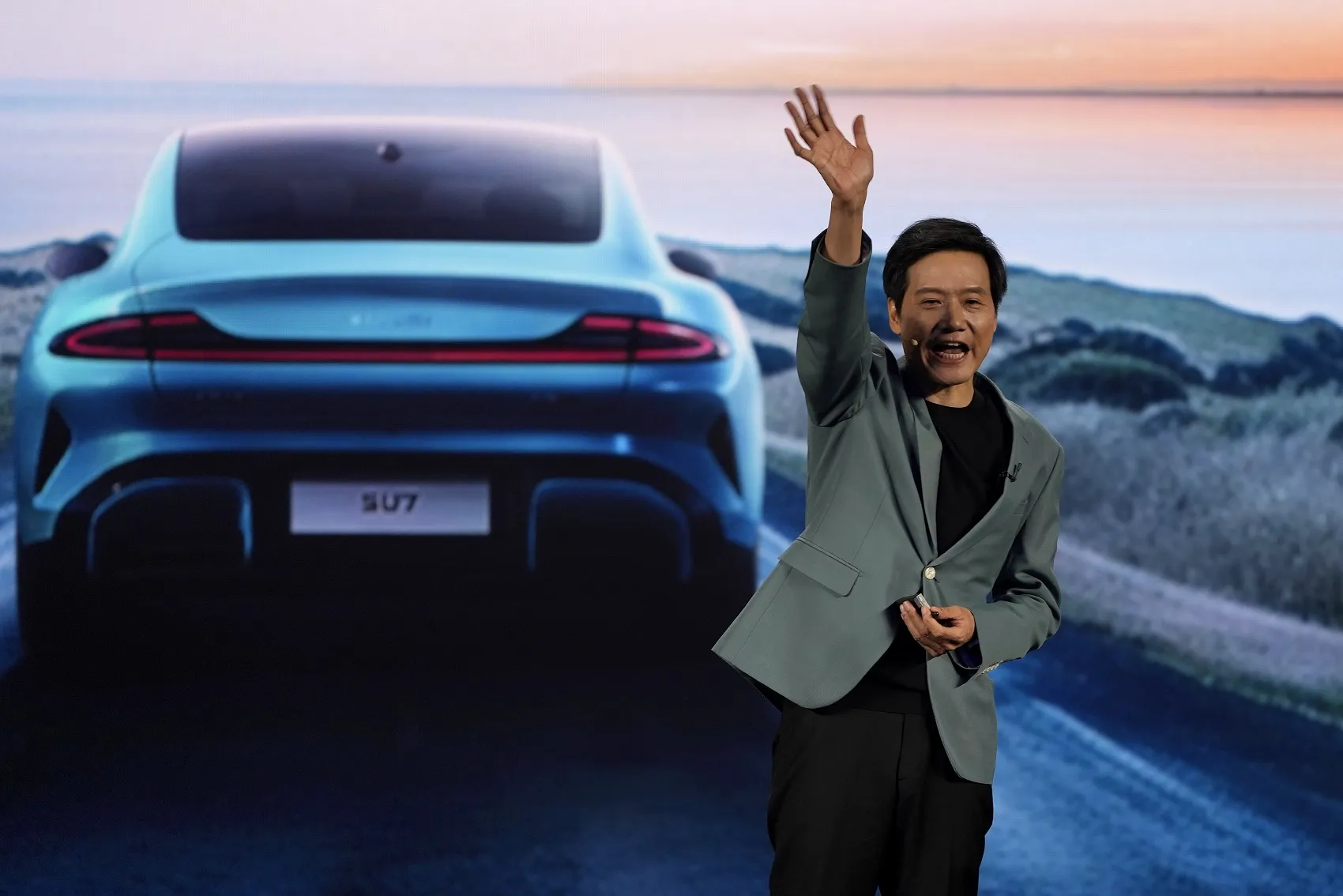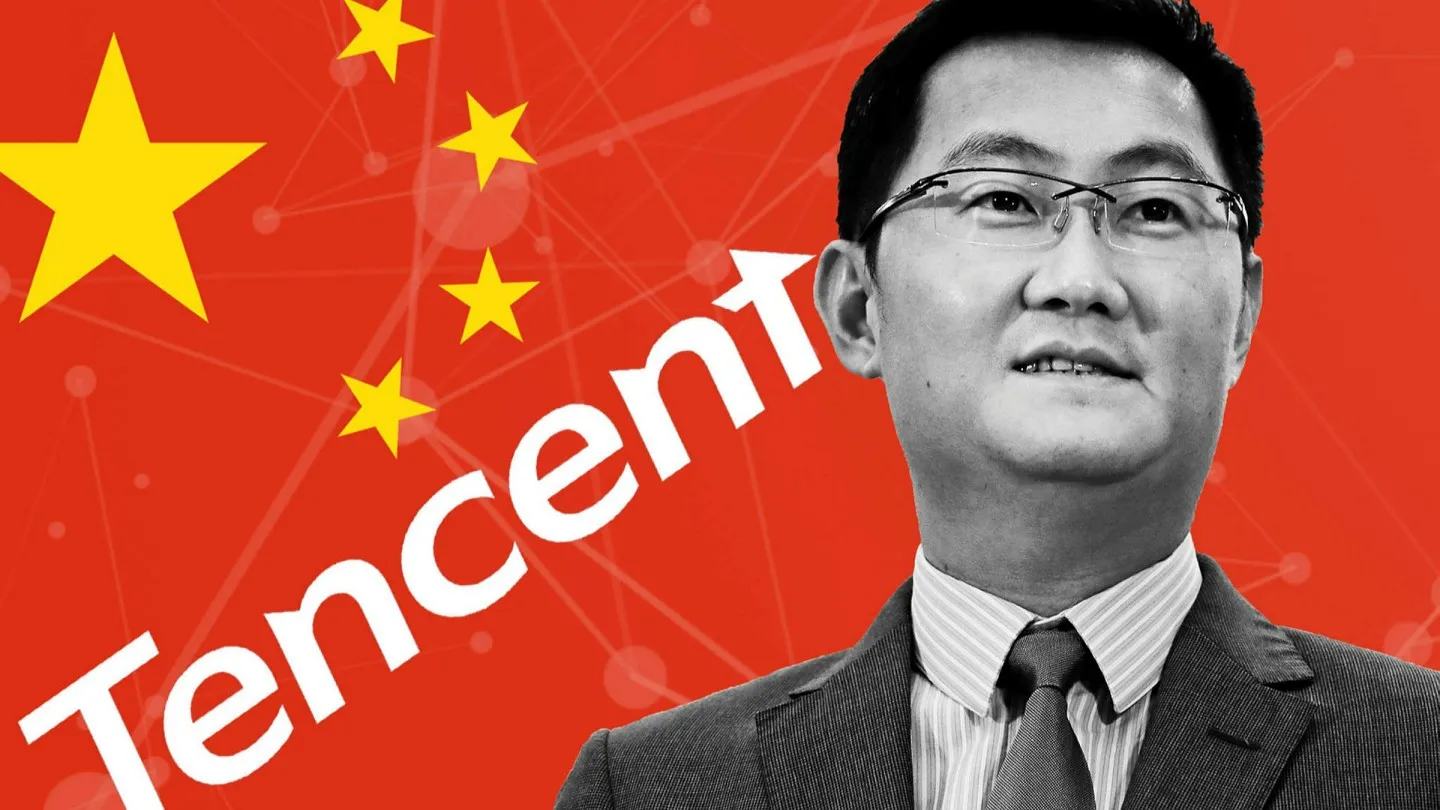China EU Tech Dialogue Reopens After Two-Year Pause

Introduction
After a two-year hiatus, China and the European Union have resumed their high-level technology dialogue, signaling renewed collaboration and engagement in the fields of innovation, digital infrastructure, and emerging technologies. The dialogue aims to strengthen cooperation on artificial intelligence, semiconductors, green technology, and cybersecurity, while addressing concerns related to standards, regulations, and market access. Analysts view the reopening as a strategic opportunity for both parties to advance technological development while navigating the complexities of global competition and policy alignment.
Background of the Dialogue
The China–EU technology dialogue was initially launched to foster mutual understanding, facilitate knowledge exchange, and promote joint research initiatives. Previous rounds focused on AI governance, digital trade frameworks, and collaborative research in renewable energy technologies. The dialogue paused due to political tensions, trade disputes, and global pandemic-related disruptions, creating a temporary gap in communication channels between Chinese and European tech authorities.
Reopening the dialogue reflects a pragmatic approach by both sides. China aims to expand its international cooperation in high-tech industries, while the EU seeks to secure stable access to supply chains, innovation ecosystems, and collaborative research opportunities. The discussions encompass regulatory frameworks, intellectual property protection, and standards for emerging technologies, providing a platform to harmonize policies without compromising national interests.
Focus Areas of Cooperation
The renewed dialogue highlights several strategic areas of cooperation:
- Artificial Intelligence: Joint development of AI safety standards, ethical frameworks, and responsible deployment guidelines. Discussions include AI-powered healthcare, autonomous systems, and data governance policies.
- Semiconductors: Collaboration on chip design, manufacturing efficiency, and supply chain stability to ensure resilience amid global market fluctuations.
- Green Technology: Promotion of sustainable energy solutions, energy-efficient manufacturing, and climate-focused innovations aligned with international environmental targets.
- Cybersecurity and Data Protection: Establishment of guidelines for secure cross-border data transfer, risk management, and defense against cyber threats.
By focusing on these areas, China and the EU aim to advance technological progress while fostering trust, transparency, and mutual economic benefit.
Economic and Industrial Implications
Resuming the dialogue has immediate and long-term implications for industries on both sides. Joint research initiatives and technology sharing could accelerate the development of next-generation AI applications, including industrial automation, predictive analytics, and intelligent logistics.
European companies stand to gain from access to Chinese innovation clusters, AI talent pools, and large-scale testing environments. Conversely, Chinese firms benefit from EU expertise in regulatory frameworks, advanced manufacturing techniques, and market access. Analysts predict that cross-border collaboration may lead to the formation of joint ventures, co-funded research labs, and shared technology incubators over the next five years.
Technological Innovation and Standards
One of the critical goals of the dialogue is the harmonization of technology standards. The EU emphasizes ethical AI, data privacy, and regulatory compliance, while China focuses on scalable deployment, industrial adoption, and integration with smart city initiatives. Establishing shared standards can reduce barriers to trade, encourage cross-border technology transfer, and enhance the interoperability of AI systems and digital platforms.
Bilateral collaboration also has implications for global standards-setting bodies. By coordinating policies and frameworks, China and the EU can influence international protocols in AI, 5G networks, cloud computing, and cybersecurity, ensuring that emerging technologies are both innovative and secure.

Policy and Strategic Considerations
The dialogue addresses sensitive policy areas, including market access restrictions, intellectual property rights, and national security considerations. European regulators seek assurance that AI systems deployed in industrial or public sectors meet strict ethical and safety standards. Chinese authorities emphasize sovereign control, data localization, and compliance with domestic regulatory requirements.
Negotiators have agreed to establish working groups focused on AI ethics, cybersecurity audits, and technology transfer protocols. These working groups are tasked with producing actionable recommendations that balance innovation with compliance, ensuring that joint projects operate smoothly and effectively.
Challenges and Risks
Despite progress, challenges remain. Geopolitical tensions, differing regulatory philosophies, and competition for technological leadership can complicate collaboration. Additionally, aligning timelines, funding mechanisms, and evaluation criteria for joint projects requires careful planning and ongoing communication.
Experts caution that without clear governance structures and conflict-resolution mechanisms, joint initiatives could face delays or misalignment. Continuous monitoring, transparent reporting, and inclusive decision-making processes are essential to sustain productive cooperation over the long term.
Impact on Research and Talent Exchange
The dialogue is expected to enhance opportunities for researchers, engineers, and policy specialists. Academic collaborations, exchange programs, and joint workshops can foster knowledge transfer and strengthen international networks. Universities and technology institutes in China and the EU may co-develop AI curricula, conduct collaborative experiments, and train the next generation of AI experts.
Talent mobility will also support industry-academia partnerships, allowing both regions to access highly skilled professionals while promoting cross-cultural understanding. These efforts reinforce long-term innovation capacity and contribute to a robust global technology ecosystem.
Future Outlook
Looking ahead, China–EU technology collaboration is likely to expand beyond high-level dialogues to tangible outcomes, including co-developed AI tools, standardized industrial processes, and joint research publications. Analysts anticipate that partnerships in AI, semiconductors, and green technology could increase cross-border investment and technology adoption, strengthening economic resilience for both regions.
Continuous engagement, policy alignment, and infrastructure support will be critical to realizing the full potential of the dialogue. As trust and collaboration grow, the framework could serve as a model for China’s engagement with other international partners in high-tech sectors.
Conclusion
The reopening of the China–EU tech dialogue after a two-year pause represents a strategic effort to advance collaboration in artificial intelligence, semiconductors, green technology, and cybersecurity. By focusing on shared standards, ethical deployment, and joint research, both parties can enhance innovation while addressing regulatory and economic concerns. The initiative promises to strengthen industrial ties, foster talent exchange, and influence global technology standards, underscoring the importance of dialogue in navigating the complexities of the international tech landscape.






